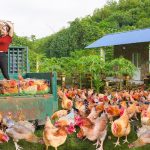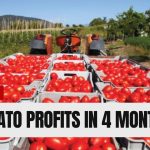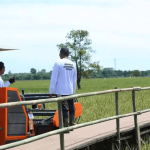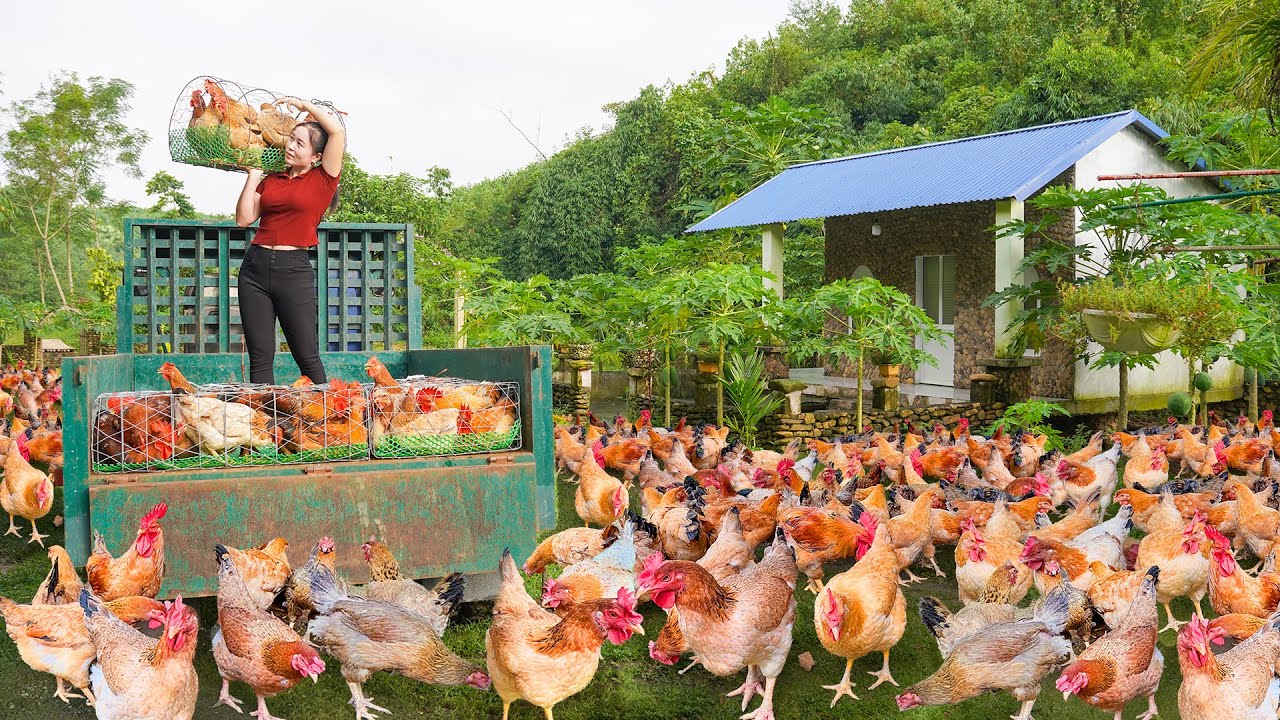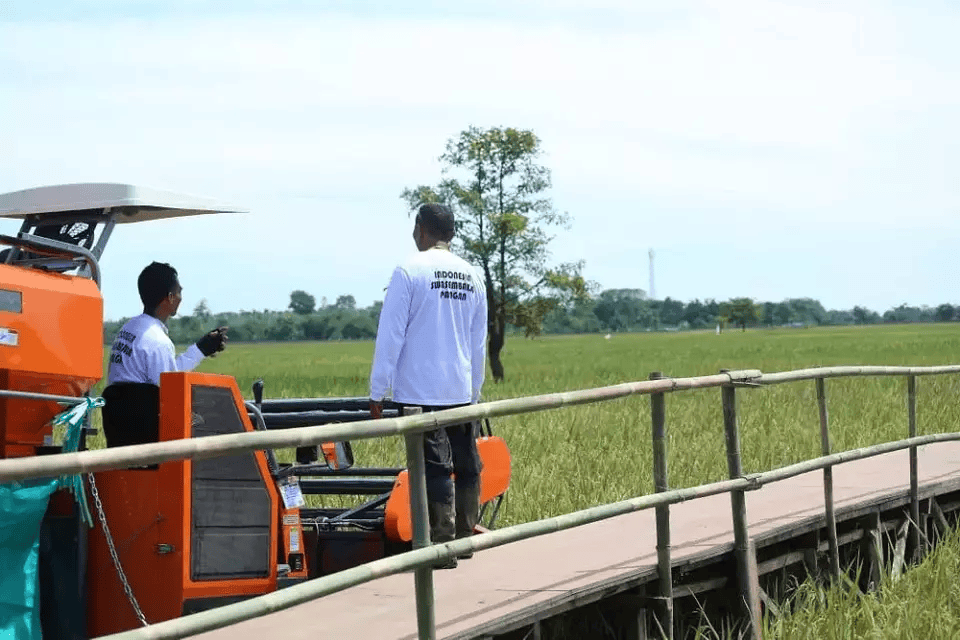Organic Seed Saving and Selling Business for High Profit Gardening Supplies
Embracing the Legacy of Seed Sovereignty
In the tapestry of agrarian heritage, seeds carry ancestral wisdom encoded in their tiny capsules. Cultivators who conserve open-pollinated lines honor generational stewardship while reaping entrepreneurial rewards. Organic seed saving transcends simple collection of ripened pods; it demands selective breeding acuity, meteorological attunement, and microbial synergy in living soils. By mastering heirloom varietals renowned for flavor intensity and resilience, a seed purveyor can position their venture at the nexus of food security, biodiversity preservation, and premium market demand. This confluence of ecology and economy elevates seed commerce beyond transactional exchange into a flourishing enterprise rooted in ecological integrity.
Evaluating Market Dynamics for Organic Seed Commerce
Understanding pulses of consumer demand proves foundational. The artisanal gardening movement has ignited thirst for rare beans, heritage carrots, and spicy microgreens. Urban homesteaders, permaculture enthusiasts, and high-end restaurateurs seek provenance-rich cultivars with documented organic lineage. Year after year, demand curves for pre-chilled onion sets or crimson amaranth seeds spike when climate-conscious gardeners anticipate shorter growing seasons. By analyzing wholesale bids at regional seed exchanges and tracking online keyword searches for drought-tolerant tomatoes or hypanthium-rich peppers, an aspiring entrepreneur can derive a prioritized catalog of varieties that command premium pricing. Early market reconnaissance thus shapes varietal selection, production scale, and pricing tiers.
Identifying High Value Seed Varieties
Heritage Vegetables for Gourmet Cultures
Rare beans such as Tongues of Fire or Yellow Eye establish niche appeal among epicureans. Indeterminate tomatoes like Brandywine or Cherokee Purple fetch double rates when certified organic and regionally adapted. Culinary microgreens—for instance, amaranth sunflower or purple radish—offer quick turnaround and high margins.
Nutrient-Dense Grains and Pseudocereals
Quinoa, amaranth, and millet varieties with unique pigmentation profiles appeal to health food markets. African fonio seed preserved by local cooperatives now finds international interest as gluten-free supergrain.
Pollinator-Attracting Flower Seeds
Sunflower cultivars bred for multicolored seedheads or echinacea lines rich in alkylamides serve beekeepers and herbalists. Pollinator mixes amplify ecosystem services for regenerative farms while enhancing aesthetic inventory.
Setting Up Seed Conservation Infrastructure
Seed Harvesting Protocols
Harvest timing is a delicate choreography. Legume pods must dry on vine until parchment texture prevails. Brassica siliques yield seeds when dehisced pods rattle against gentle agitation. Collect in breathable paper sacks during dry midday hours to minimize mold proliferation.
Seed Cleaning and Processing
Mechanical winnowers or hand-held sieves separate chaff from kernel. Gravity tables calibrate density differences, eliminating shriveled seeds. For oily seeds—sunflower or flax—cold desiccation precedes manual brushing to maintain viability.
Moisture Control and Drying Chambers
A humidity-monitored drying chamber regulated between 8 and 10 percent relative humidity preserves vigor. Desiccant packs layered within sealed containers ensure equilibrium before long-term storage. Digital hygrometers provide real-time feedback.
Climate-Controlled Storage
Vacuum-sealed foil pouches or glass jars with silicone gasket lids offer protection from moisture ingress and pest infestation. Long-term cold storage at four degrees Celsius extends seed longevity by virtually halting metabolic respiration.
Mastering Seed Saving Methodologies
Open Pollination Versus Controlled Crosses
Open-pollinated lines ensure true-to-type progeny yet risk unintended hybridization if pollinator drift occurs. Implement isolation distances over 400 meters for cucurbits or temporal staggering of bloom windows to maintain pedigree purity.
Isolation Techniques for Purity Assurance
Utilize insect-exclusion tents or netted cages for small-scale seed blocks. Hand-pollinate specialty crosses then label each inflorescence meticulously. Record meticulous genealogies in digital breeding logs.
Hand-Pollination Tools and Procedures
Forceps, artist brushes, and tag labels suffice for targeted crosses. Emasculation in morning hours before anthesis and inoculation of receptive stigma within six-hour viability window ensure successful fertilization.
Seed Viability Testing Regimen
Regular germination assays conducted on moist filter paper in controlled incubators quantify viability percentages. Tetrazolium chloride staining provides rapid estimates of embryo vitality for seed lots intended for large scale distribution.
Legal and Certification Pathways
Organic Certification Standards
Align production protocols with USDA National Organic Program or EU equivalent guidelines. Maintain buffer zones separating GMO fields. Preserve complete audit trails encompassing field records, input invoices, and cleaning logs.
Seed Labeling and Intellectual Property
Comply with the Federal Seed Act or regional seed legislation regarding germination rate, purity percentages, and cultivar nomenclature. Beware plant variety protection rights when handling proprietary hybrids. Favor public domain landrace varieties to avoid royalty obligations.
Crafting a Brand Identity in Seed Supplies
Artisanal Storytelling on Seed Packets
Imprint evocative narratives on each packet describing varietal origins, flavor profiles, and culinary pairings. A vivid account of an indigenous farmer’s lineage or ancient pollination rituals forges emotional connections.
Premium Packaging Solutions
Deploy kraft stock envelopes with interior moisture barriers and custom wax seals. Emboss brand monograms subtly to convey craftsmanship. Offer tiered packet sizes for hobbyists and professional growers.
Distribution Channels and Revenue Streams
E Commerce Optimization
Design intuitive web storefronts with searchable catalogs sorted by growing zone, seed type, or maturity days. Integrate subscription boxes delivering seasonal seed assortments. Leverage SEO research to embed keywords such as rare heirloom kale or organic melon seed.
Farmers Markets and Community Supported Agriculture
Reserve booth space at local markets renowned for organic produce. Cultivate CSA networks offering seed share tiers. Host seed-swapping events as marketing funnels that convert hobbyists into paying customers.
Educational Workshops and Consultancies
Monetize expertise through paid masterclasses on seed saving techniques. Offer on-site consultancy to small farms seeking to internalize seed sovereignty.
Advanced Strategies and Profit Maximization
Niche Microgreen Kits
Assemble microgreen trays complete with seed sheets, substrate discs, and instructional leaflets. Package in artisanal gift boxes for gourmet eateries.
Medicinal and Ethnoveterinary Seeds
Specialize in echinacea, calendula, comfrey or garlic mustard seeds catering to herbal apothecaries. Document alkaloid profiles to satisfy discerning herbalists.
Collaborative Co Branding
Partner with permaculture institutes or farm-stay retreats to co brand limited edition seed botanicals. Revenue share models expand distribution while preserving exclusivity.
Story of a Seed Entrepreneur’s Ascent
Danika Reyes began as an urban balcony gardener curious about preserving tomato genetics passed down from her grandmother. She confined a dozen Brandywine plants under mesh enclosures to guarantee varietal integrity. Over three seasons she refined moisture levels in custom drying racks salvaged from repurposed attic boards. Her first catalog reached a hundred subscribers. Through relentless experimentation and evocative storytelling on seed packets she metamorphosed into Seed Reverie Supplies—now shipping hundreds of unique lines across five continents. Her secret lay in blending scientific rigor with poetic narrative that resonated deeply with fellow stewards of the soil.
Scaling Operations and Partnerships
Contract Seed Multiplication
Outsource seed increase plots to certified organic growers under strict protocol agreements. Provide standardized SOP manuals. Perform quarterly audits to verify genetic purity and post-harvest handling.
Wholesale to Nurseries and Retailers
Negotiate bulk pricing tiers for garden centers craving diverse organics. Bundle seed kits with grow lights or soil amendments to boost average order values.
Community Seed Library Collaborations
Seed libraries foster goodwill and brand visibility. Donate curated heirloom packets in exchange for logo placement at community gardens and workshops.
Forecasting Future Trends in Organic Seed Business
Climate Resilient Cultivars
Develop and market drought tolerant sorghum or heat adapted bean landraces anticipating erratic weather patterns. Leverage participatory plant breeding networks for regionally specific selections.
Blockchain Traceability
Implement blockchain ledgers to certify each seed lot’s provenance and storage history. Transparency engenders trust among premium buyers in import markets.
Urban Agriculture and Vertical Farming Seeds
Curate lettuce rocket spinach and micro herb lines optimized for hydroponic towers or vertical racks. Provide nutrient film technique guidance in bundled manuals.
Practical Tips and Tactical Tricks
-
Pre test germination rates on small samples to tier seed lots by expected yield stability
-
Use QR codes on packets linking to video tutorials enhancing user experience and reducing support overhead
-
Cultivate beneficial nematodes in your soil to suppress seed-eating grubs before harvest
-
Employ crowd funding to underwrite expansion into obscure botanicals such as Chinese inkberry or Peruvian ground cherry
-
Rotate storage humidity protocols seasonally to accommodate regional climatology variations
Conclusion on Cultivating Prosperity from Tiny Kernels
An organic seed business entwines ecological stewardship with lucrative opportunity. By mastering meticulous seed saving protocols, aligning with certification standards, and weaving evocative narratives, an entrepreneur elevates transient kernels into enduring legacies. Whether operating from a suburban lot or sprawling homestead, the fusion of science, story, and strategic branding yields flourishing returns. Each packet dispatched carries potential for new harvests, revived heritage, and evergreen profit margins. In this domain, small seeds become catalysts of community resilience, biodiversity expansion, and sustainable commerce that blossoms season after season.
